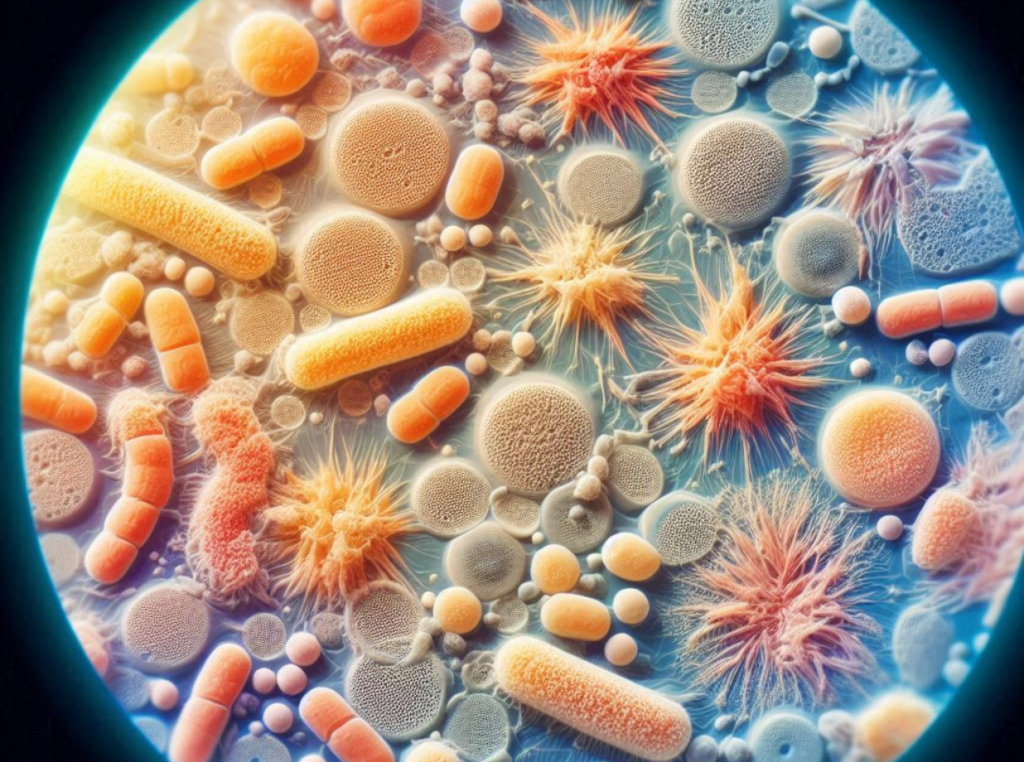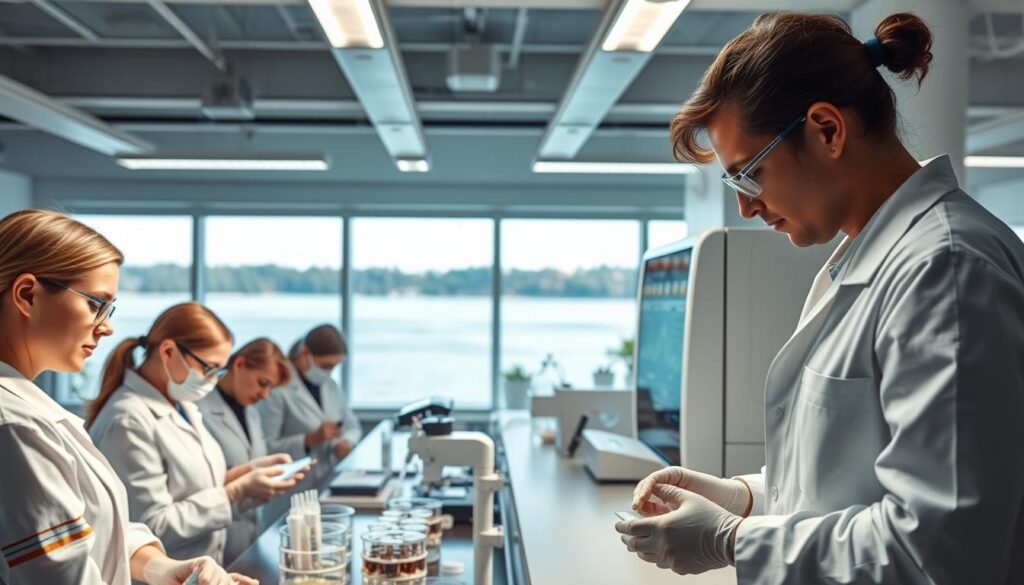Welcome to Activated Sludge Guide
Welcome to our comprehensive guide on Activated Sludge, designed specifically for future and current wastewater operators preparing for their certification exams. Activated Sludge is a crucial biological treatment process that plays a pivotal role in modern wastewater management. This guide delves into the fundamentals of Activated Sludge systems, including their operation, maintenance, and troubleshooting. Whether you’re just starting your journey in wastewater treatment or seeking to refine your expertise, this resource offers valuable insights and practical knowledge to help you excel in your certification and ensure effective treatment processes.


Motors and Pumps
Wastewater pumps and motors are essential components in modern wastewater management systems, responsible for moving sewage and wastewater through various treatment stages. Pumps ensure efficient flow, preventing blockages and backups, while motors provide the power needed to drive these systems reliably. Understanding the types, functions, and maintenance of pumps and motors is crucial for operators to ensure smooth operation and minimize downtime.

Nitrification Process
The nitrification process is a critical component of biological wastewater treatment, responsible for converting harmful ammonia into less toxic nitrate. This two-step process involves specialized bacteria: ammonia-oxidizing bacteria (AOB) convert ammonia into nitrite, and nitrite-oxidizing bacteria (NOB) transform nitrite into nitrate. Effective nitrification is essential for reducing ammonia levels, preventing water pollution, and protecting aquatic life. This guide explores the key stages, factors affecting efficiency.

The Food-to-Mass (F:M) Ratio
The Food-to-Mass (F:M) Ratio is a critical factor in biological wastewater treatment, specifically in systems like activated sludge. It represents the balance between the amount of organic matter (food) in the wastewater and the microorganisms (mass) available to degrade it. Maintaining the right F-to-M ratio is essential for efficient microbial activity, ensuring optimal treatment performance and preventing issues like poor sludge settling or excessive growth in system.





